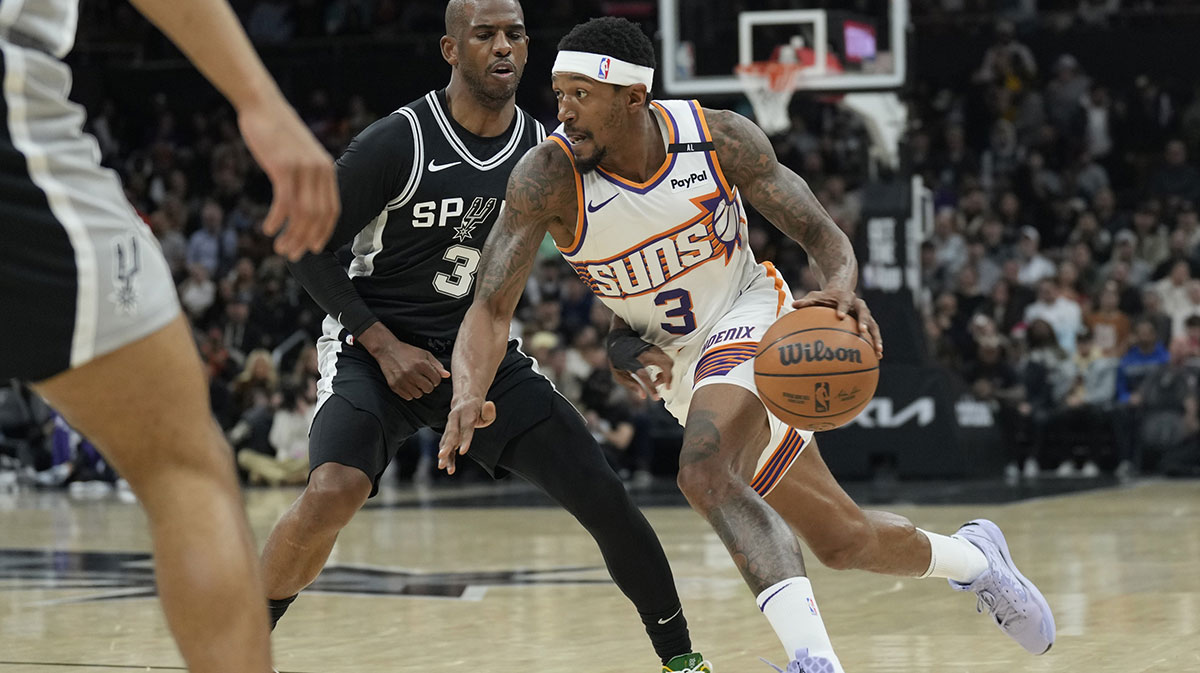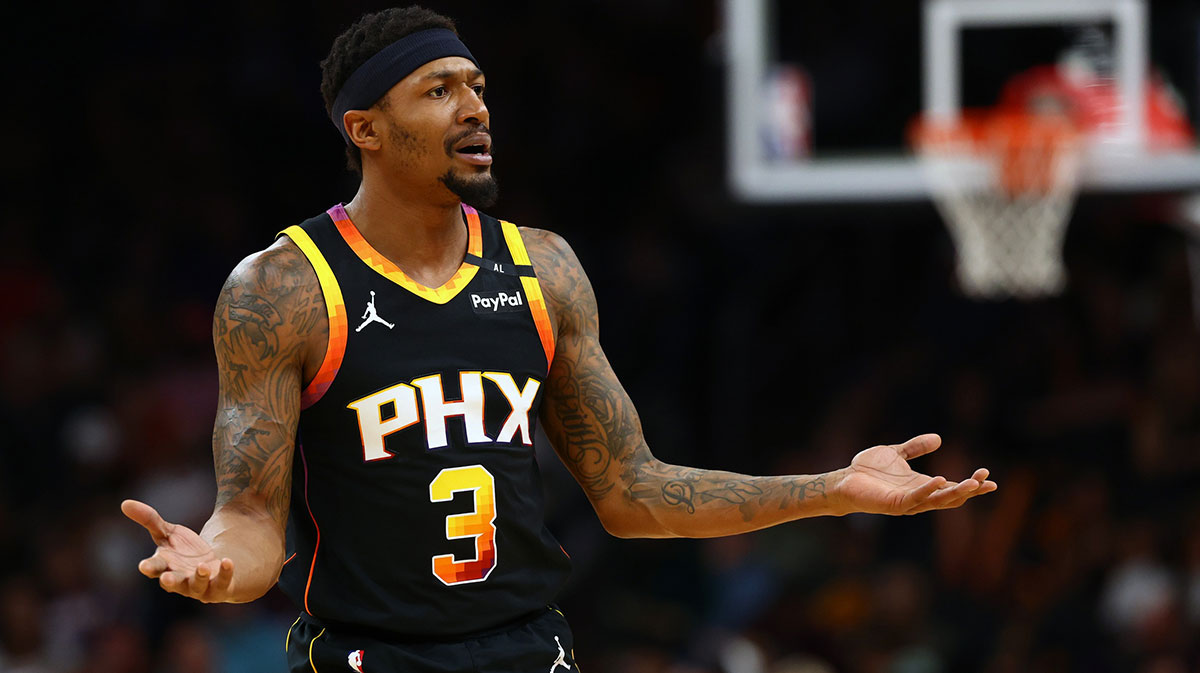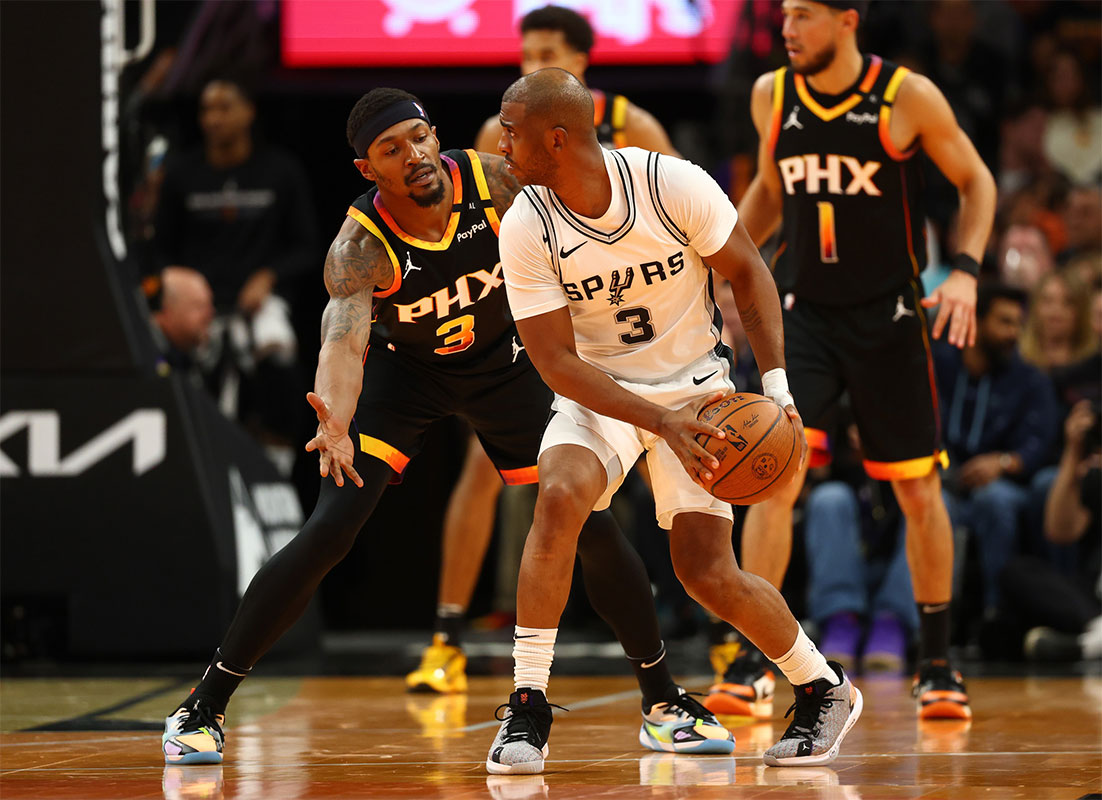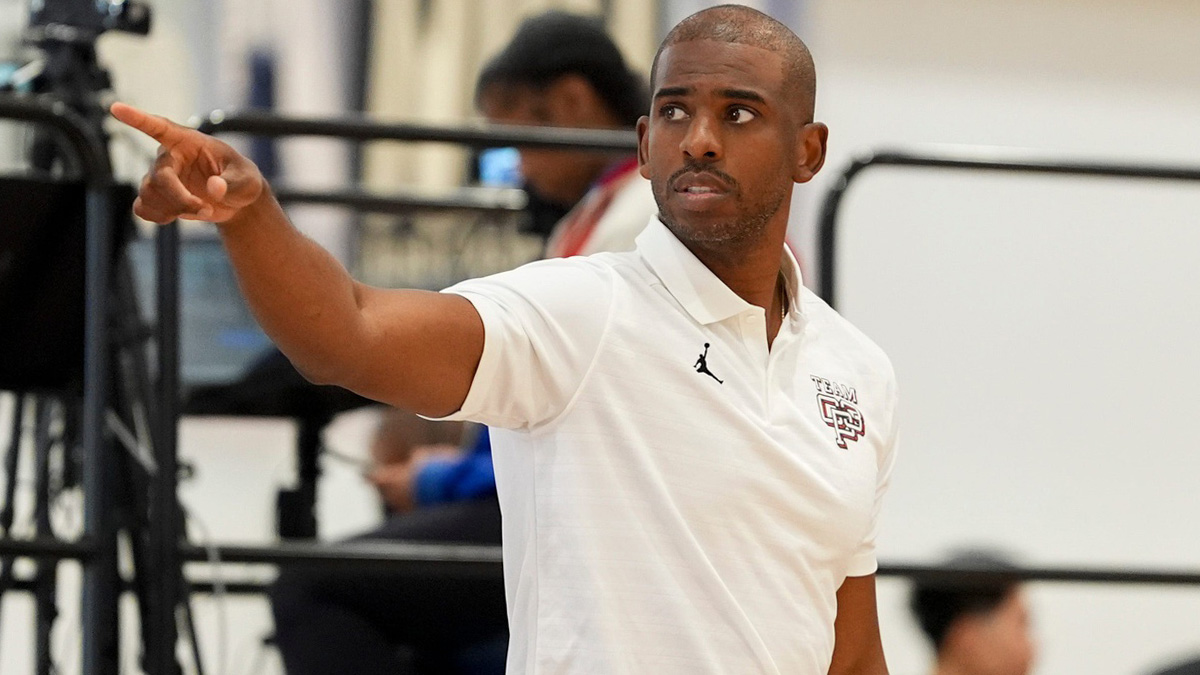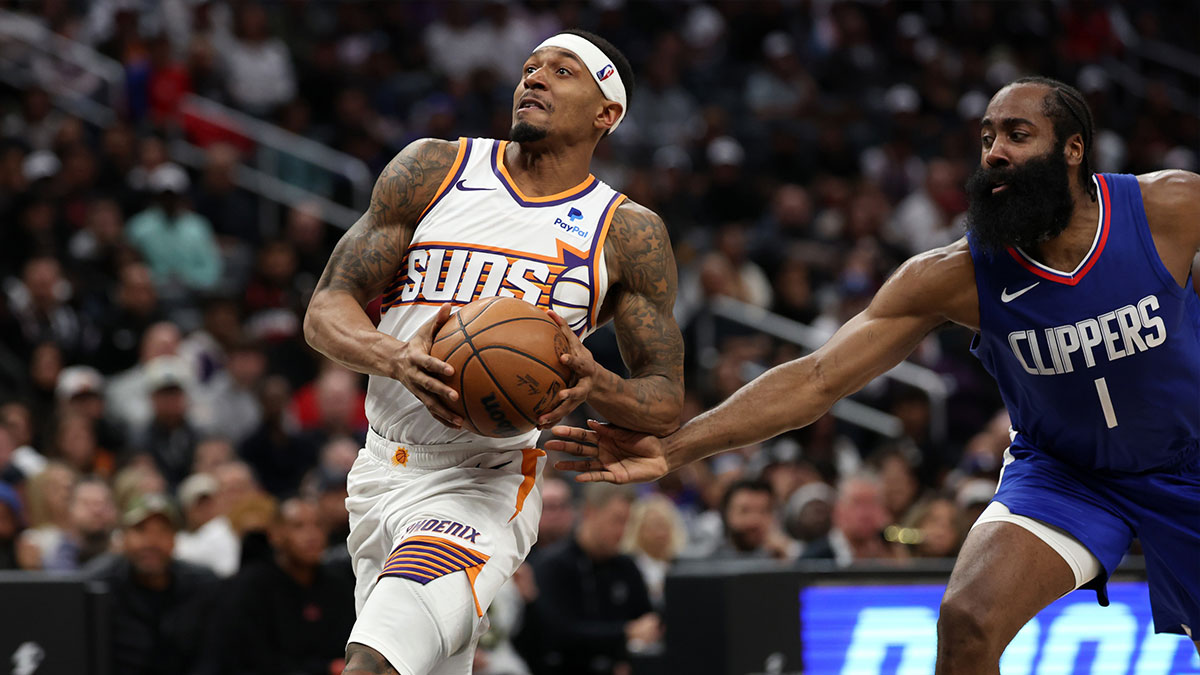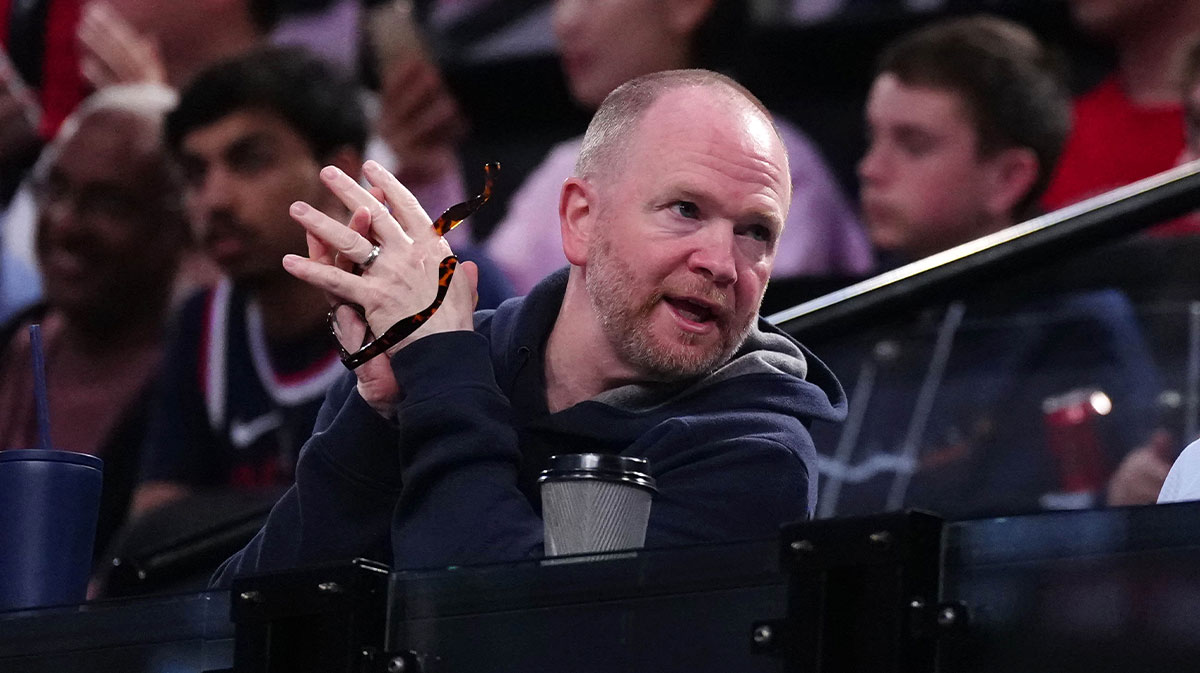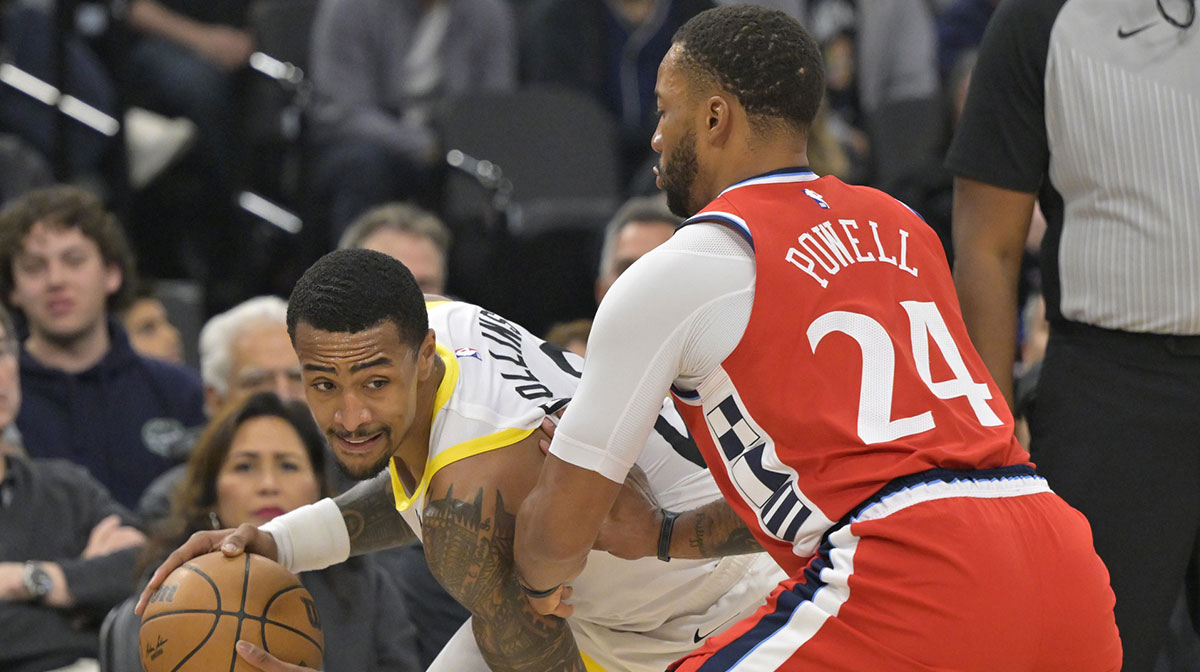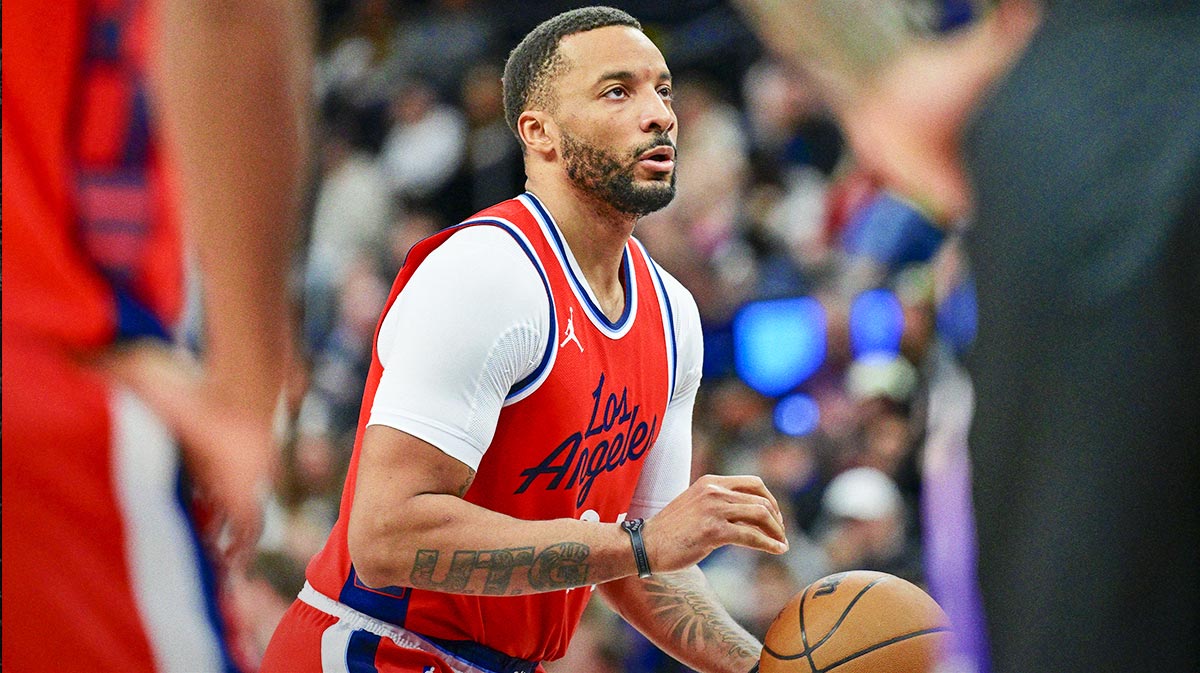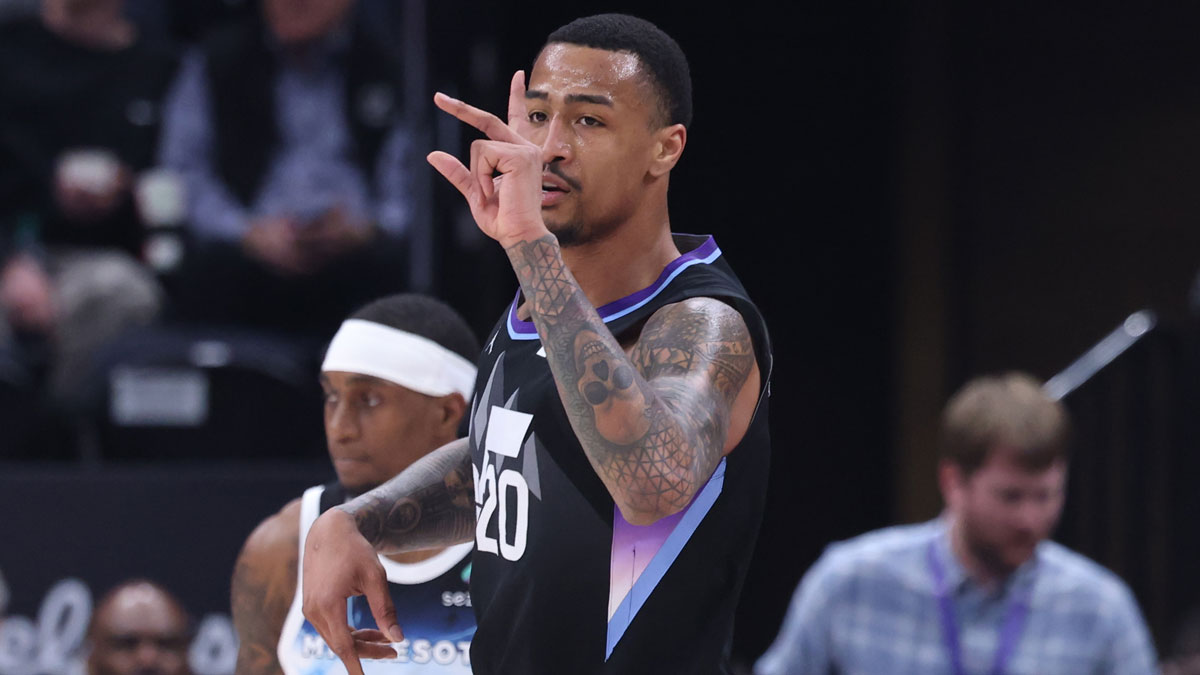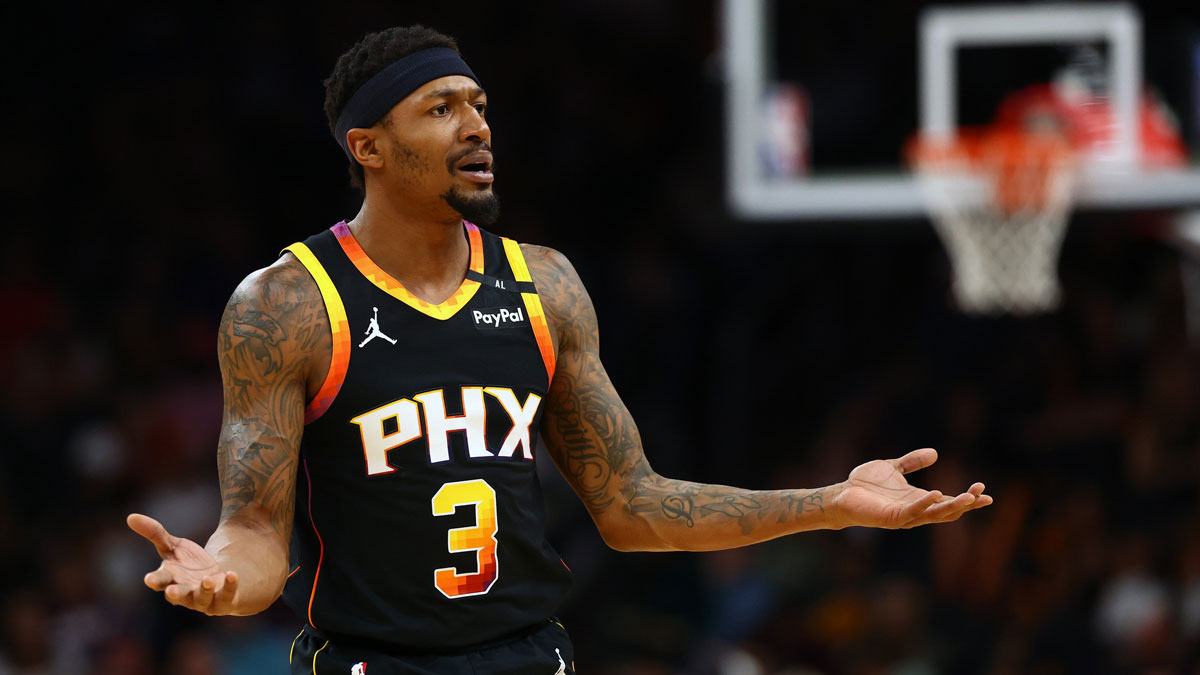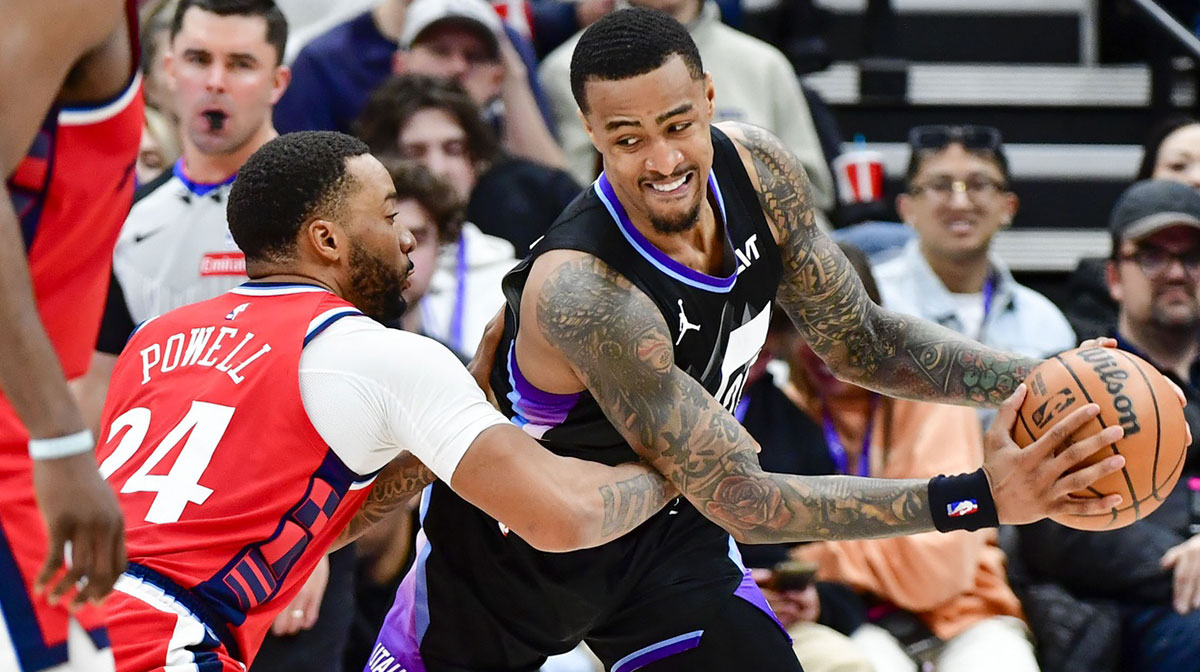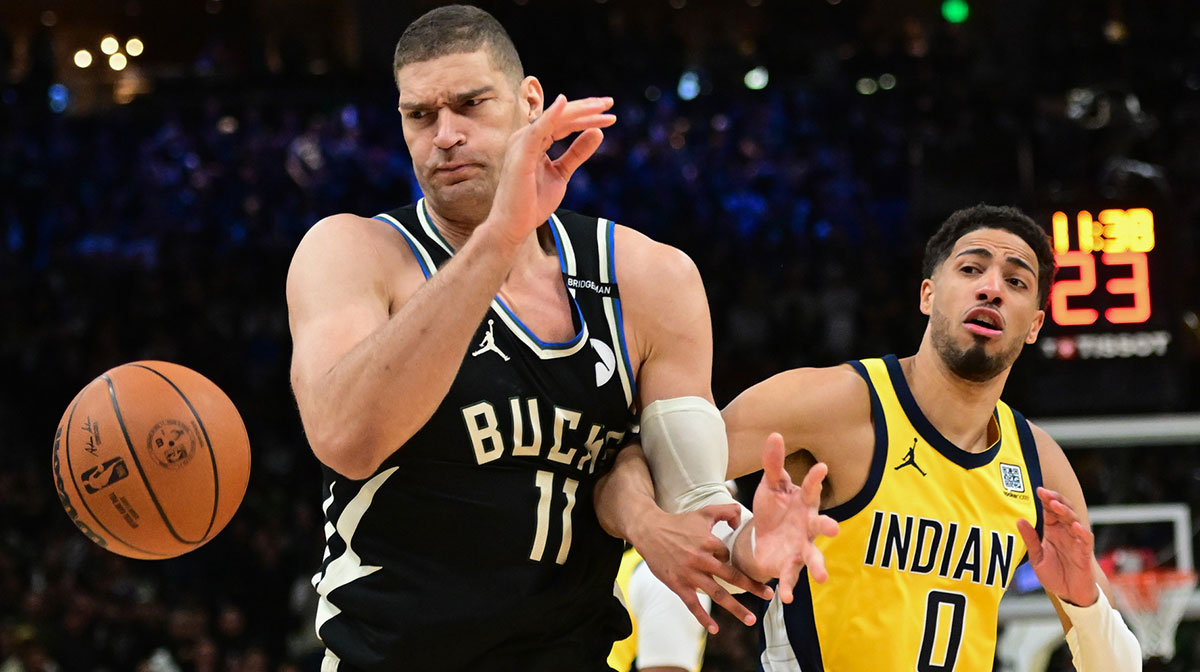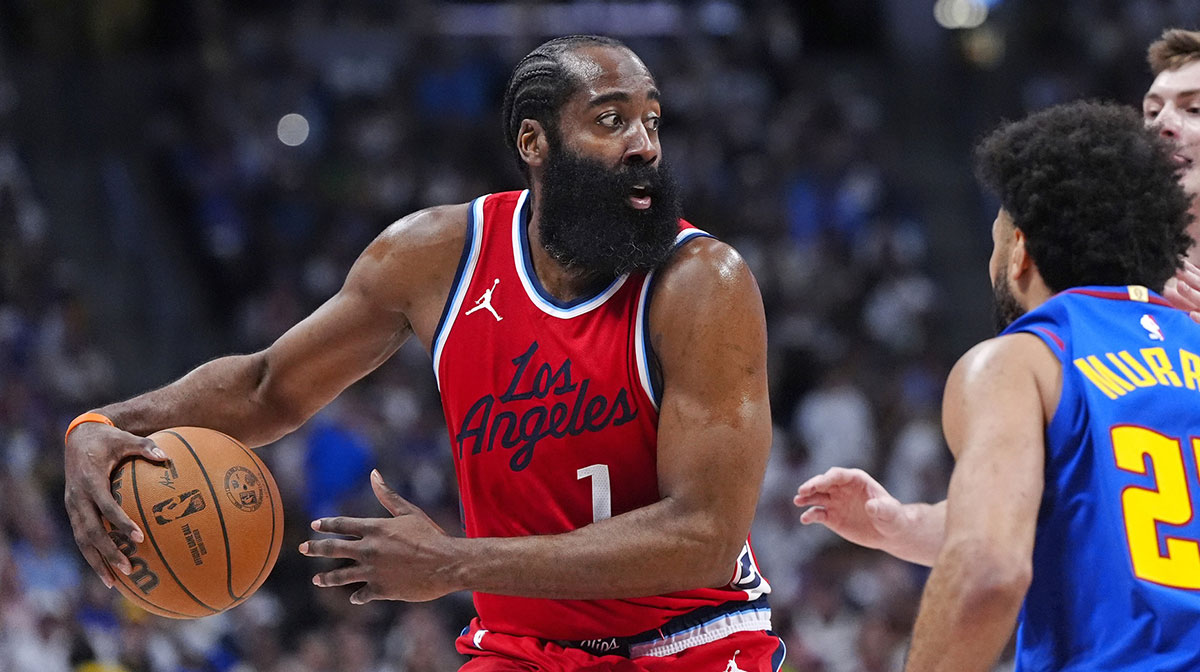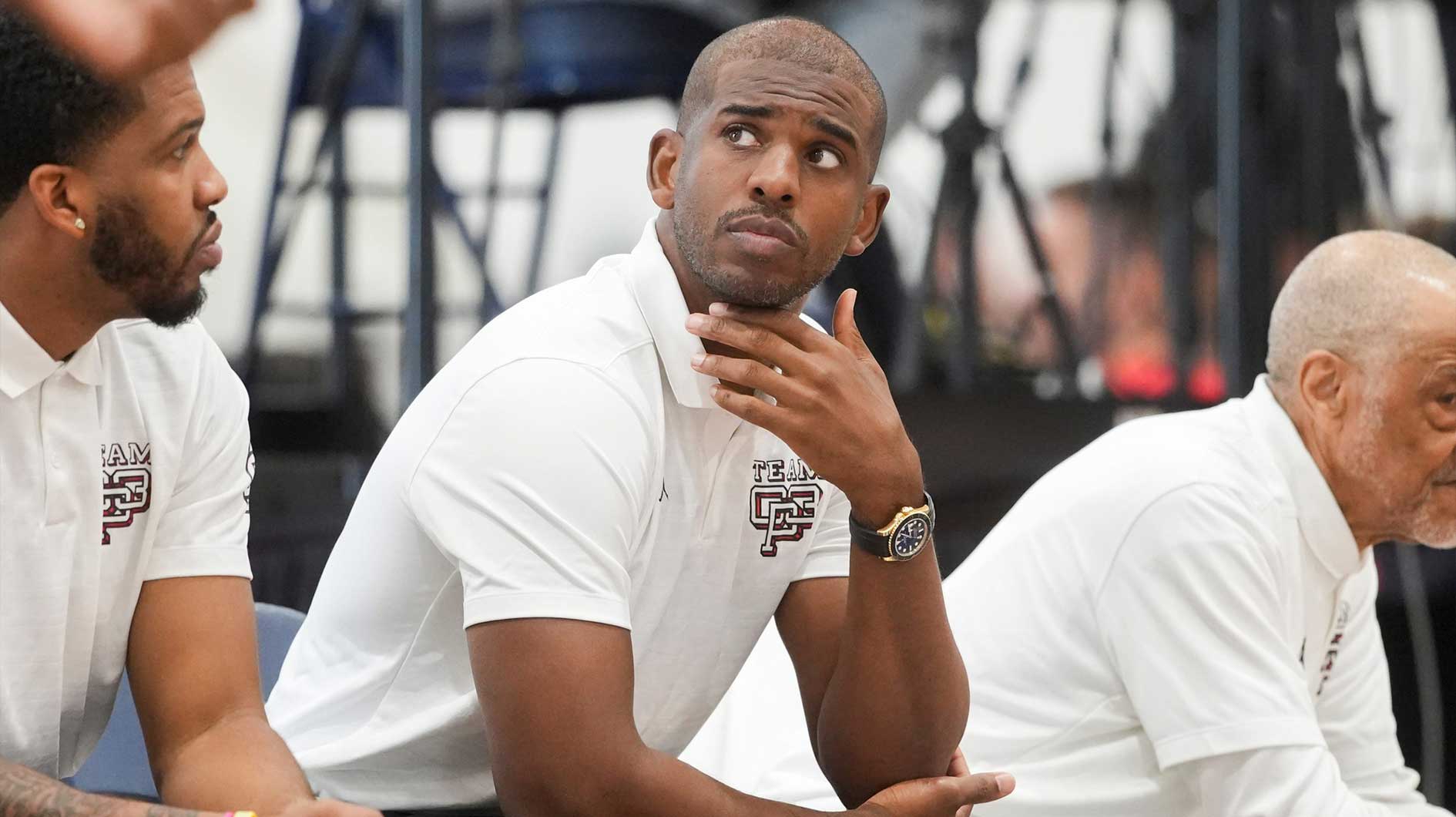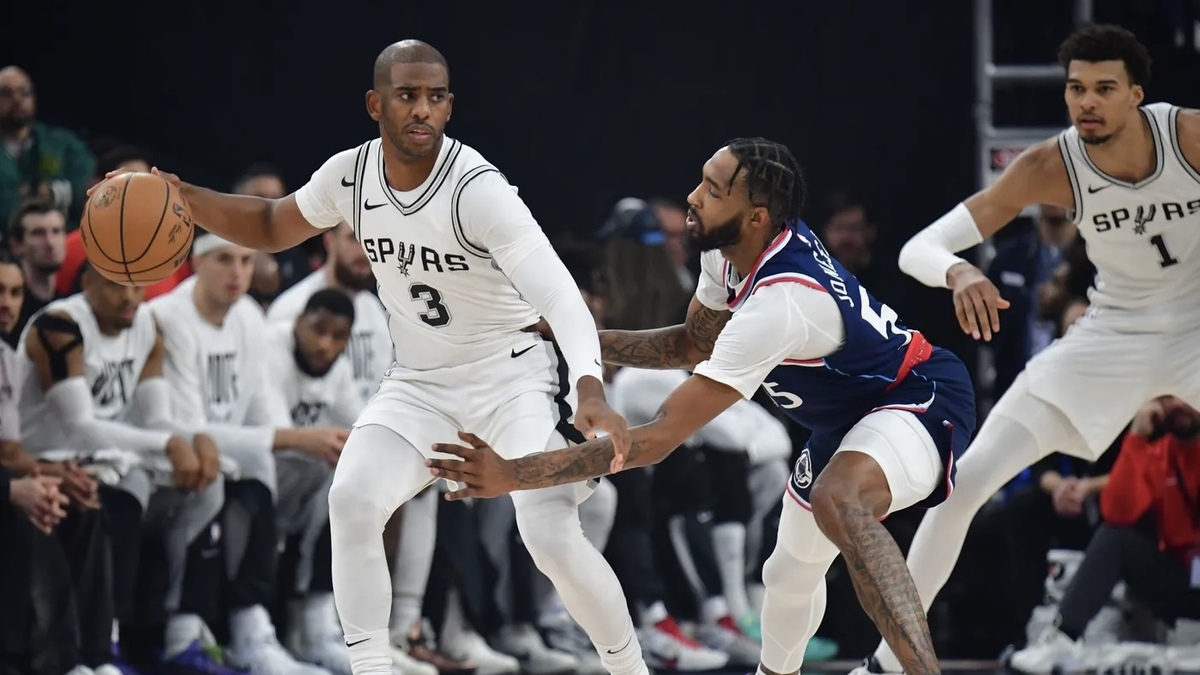In the NBA, tanking for a top draft pick has been a problem for a long time. Tanking for a specific playoff matchup or bracket hasn't been as significant a problem, but it certainly reached an embarrassing new low on Sunday. The Los Angeles Clippers out-tanked the lowly Oklahoma City Thunder, and the Denver Nuggets played YMCA ball against the Portland Trail Blazers, both in an attempt to stay as far away from the Los Angeles Lakers as they reasonably could.
These two tweets, from someone who has written a book about NBA basketball analytics, capture much of the national fan sentiment on seed-based tanking by NBA teams (the Clippers and Nuggets) to manipulate playoff matchups in the first round and reshape their full playoff paths by avoiding one opponent until the conference finals:
https://twitter.com/AndyGlockner/status/1394132571492012033
https://twitter.com/AndyGlockner/status/1394104738405240840
You can call the Clippers cowards for wanting to avoid the Lakers. You could also say that the Clips should want to play LeBron James earlier rather than later in the playoffs, since Bron might be rusty and tentative when coming back from injury. In early June, he could be at 100 percent and the Lakers will be their juggernaut selves again.
We can have those debates, but they are separate discussions. For now, let's simply focus on the fact that the Clippers did successfully avoid the Lakers for the first two rounds. Cowardly or not, the playoffs represent a high-stakes moment for a large professional organization interested in making a profit. If a team can go two rounds deeper in the postseason than it otherwise might have, that team should definitely do what it can as long as the rules allow for it. So what if fans think that seed-based tanking stinks? Teams will — and should — do it.
The best discussion to have, in light of what the Clippers and Nuggets attempted to do over the weekend, is to explore how the NBA and Adam Silver can prevent this tactic in the future.
Draft-based tanking is a separate problem. The solutions have been discussed for a long time. The draft is still a valuable television property for the league. I have my reservations about the need to keep the draft — and national commentators such as Bomani Jones are fully against drafts at this point in the evolution of pro sports — but the NBA doesn't seem interested in going that route.
The conversation about seed-based tanking for the playoffs is a much newer conversation. Moreover, given that this year's playoffs don't feature a full home-court advantage (“full” refers to less-than-capacity crowds in home arenas due to the pandemic), the importance of seed-based matchups became a lot bigger for the Clippers and Nuggets than it would have in a normal year. Not playing in front of a full house on the road just isn't as significant when capacity is at or below 50 percent. Picking the right matchup — with home-court being far less relevant to playoff success — was the clear priority for several teams in the West.
Let's cut to the chase, then: How can the NBA prevent this scenario in the future, with the Clippers amazingly tanking worse than the Thunder, a plot twist few anticipated? The solution is simple on a purely conceptual level. The league and its team owners merely need to decide if it is worth pursuing. The politics are complicated, not the idea itself.
Here goes, NBA fans: The way Adam Silver can significantly reduce — if not eliminate — seed-based tanking by the Clippers, Nuggets, and other teams in the future is to give more home games for higher seeds. That's the solution.
In the 1-versus-8 seed matchup, the No. 1 seed gets all seven home games in the series. In the 2-versus-7 matchup, the No. 2 seed gets six home games. In the 3-6 series, the 3 seed gets five home games. Only in the 4-5 series does the normal format, with the higher seed getting four home games and the lower seed getting three, still apply.
In the second round, reseed the four remaining teams in each conference instead of having a locked-in bracket (1-8 plays 4-5 and 3-6 plays 2-7). The highest remaining seed plays the lowest remaining seed, and then the two middle seeds play.
Those two reforms would have prevented the Clippers from falling to the No. 4 position to avoid the No. 7 Lakers for the first two rounds of the playoffs (presuming the Lake Show beats the Warriors in the play-in game; a Warrior win would put the Lakers in the Clips' second-round path: 8 versus 4).
When the NBA and the rest of America presumably emerge from the pandemic at the end of 2021 — and full-capacity basketball games once again return — the value of home-court advantage in the 2022 NBA Playoffs will be more pronounced. Having more home dates would be a real prize to owners. Losing home dates would represent a financial hit to teams. You would simply not see nearly as much seed-based tanking. It would be in the Clippers' best interests to get the highest possible seed.
Again, no one is saying or suggesting that the politics of this recommended change are uncomplicated. No one is implying that Adam Silver or the league's team owners are ready to implement this change. However, if the NBA is truly interested in solving this problem and nipping it in the bud after the Clippers' embarrassing display on Sunday, this is how the league should respond.
The solution is right there. The NBA just has to want to change this… and then do something about it.


